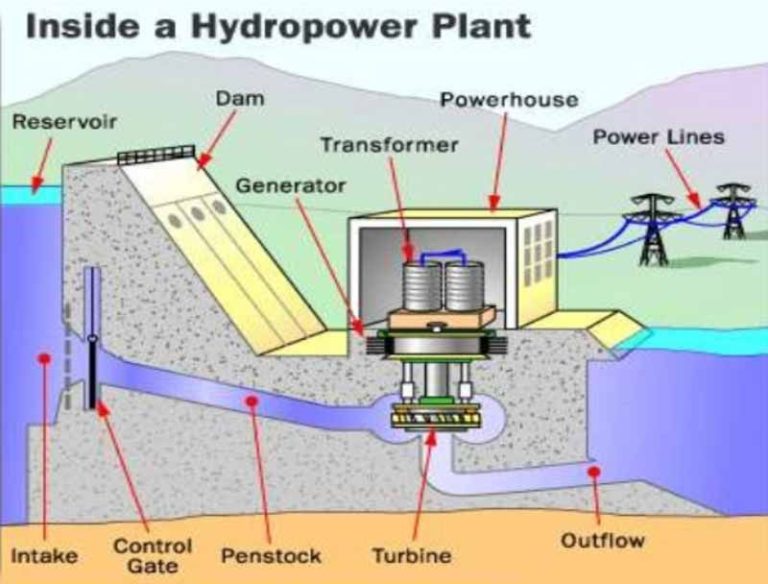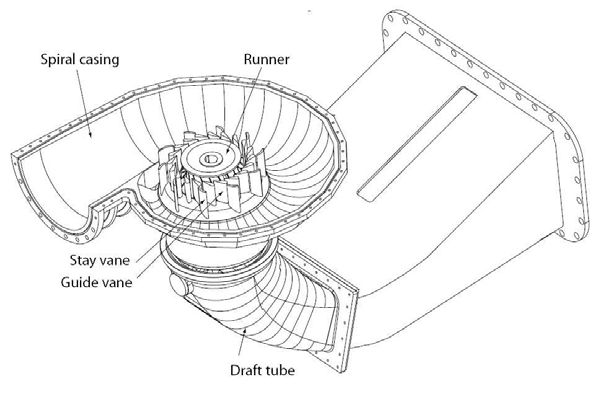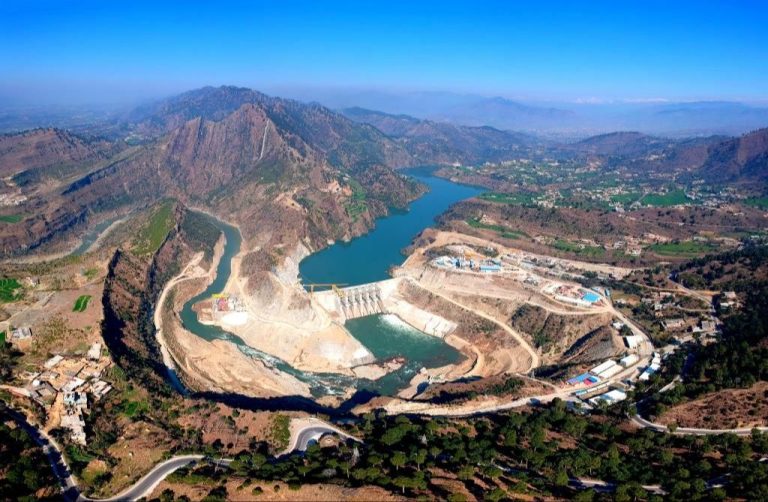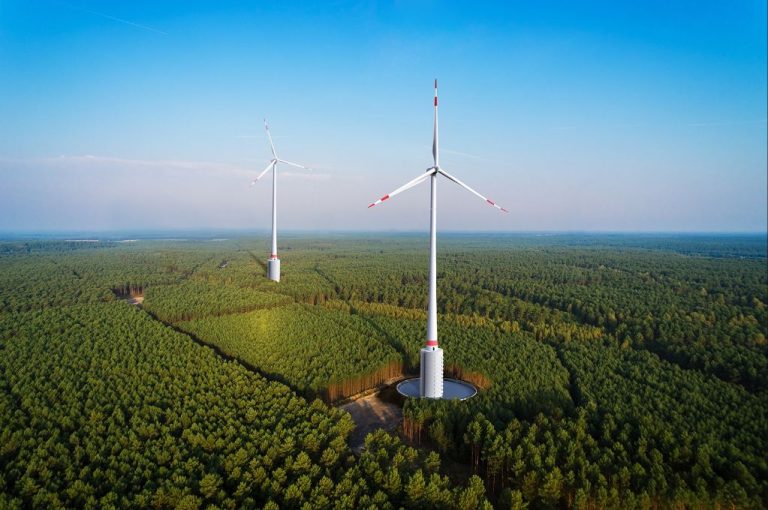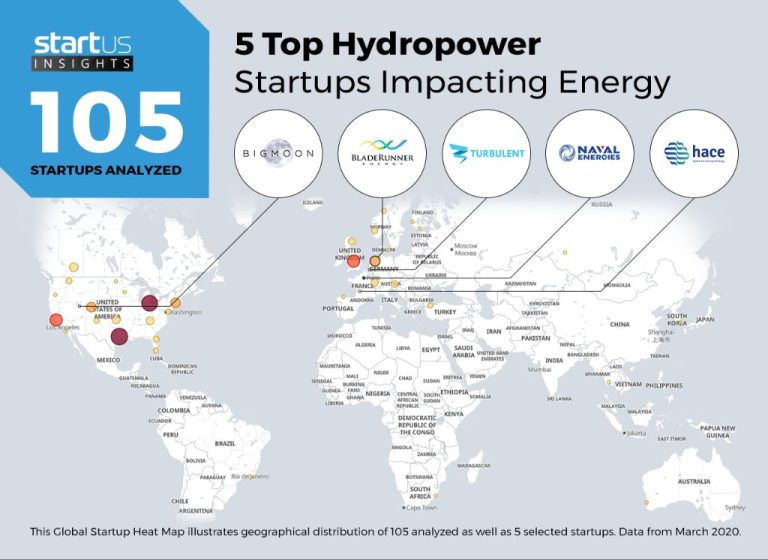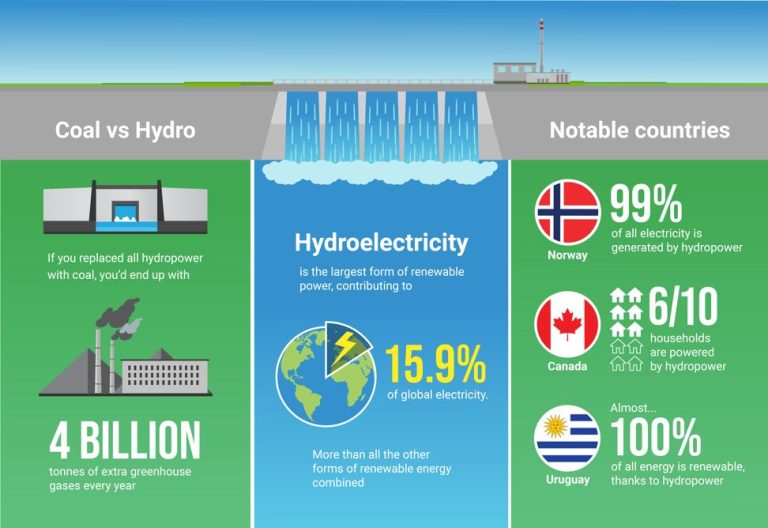Why Is Hydropower An Indirect Form Of Solar Energy?
Hydropower is a form of renewable energy that uses the natural water cycle to generate electricity. Here’s a quick overview of how it works:
Moving water from rivers, waterfalls or man-made reservoirs flows through turbines, which spin and activate a generator to produce electricity. Unlike fossil fuels, hydropower relies on water, which is continuously renewed through Earth’s natural water cycle.
Hydropower is considered an indirect form of solar energy because the sun powers the whole water cycle. Solar radiation heats the oceans and other surface waters, causing water to evaporate and form clouds. When the water vapor condenses as rain or snow, it flows through rivers and streams back to the oceans. This gravity-fed movement of the water is what drives hydropower generation.
So while the sun isn’t directly fueling hydropower plants, the sun’s heat sets the entire hydrologic cycle in motion, which makes hydropower an indirect form of solar energy.
The Hydrologic Cycle
The hydrologic cycle, also known as the water cycle, is the continuous process through which water circulates between the earth’s oceans, atmosphere, and land (https://serc.carleton.edu/eslabs/weather/2a.html). This recycling of Earth’s water supply is an important part of the climate system. The hydrologic cycle is powered by the sun’s energy. The sun heats up liquid and frozen water on the earth’s surface, evaporating it into water vapor that rises into the air. This water vapor then condenses to form clouds. When the clouds become saturated, precipitation falls back to the earth’s surface. Some of this water flows over land as runoff into streams, rivers, lakes and oceans. Some soaks into the ground as infiltration and becomes groundwater. The cycle then repeats (https://www.noaa.gov/jetstream/atmosphere/hydro). The continuous solar-powered circulation of water among the atmosphere, land, and ocean drives the hydrologic cycle.
Solar Power Evaporates Water
The sun provides the energy that drives the hydrologic cycle through the evaporation of water. Solar energy heats the surface of oceans, lakes, rivers and other bodies of water, causing water molecules to absorb this heat energy and transition from a liquid state to a gaseous vapor state (1). This process of evaporation transports massive quantities of water into the atmosphere in the form of water vapor.
Researchers estimate that “solar evaporation over the global oceans accounts for approximately 88% of the total evaporation occurring on Earth” (2). The sun’s rays penetrate deep into bodies of water, with solar energy being absorbed and heating layers of water up to several meters deep. This allows for rapid evaporation even when only the top layer reaches the evaporation point.
The rate of solar evaporation depends on factors like temperature, surface area, salinity and wind. Warmer water evaporates faster, so evaporation rates are highest near the equator where solar irradiation is most intense. Winds can also increase evaporation rates by removing the vapor layer above the water and exposing more surface area to the sun’s energy.
Without the sun continuously adding heat energy to drive evaporation, the hydrologic cycle would not function. The sun’s energy is therefore essential for generating the water vapor that eventually forms clouds and precipitation.
Sources:
(1) https://www.nature.com/articles/s44221-023-00086-5
(2) https://www.nature.com/articles/s41578-020-0182-4
Water Vapor Forms Clouds
Water vapor condenses into clouds due to changes in air pressure and temperature. As hot, humid air near the Earth’s surface rises, it expands and cools. This cooling causes the invisible water vapor to condense onto tiny particles of dust, smoke, sea salt, and other pollutants that act as condensation nuclei. As more water vapor condenses, the tiny droplets combine to form larger cloud droplets. Eventually enough cloud droplets accumulate to form the visible clouds we see in the sky [1].
The saturation point, or relative humidity, must reach 100% for water vapor to condense into liquid water droplets and form clouds. There are two ways to reach the saturation point: 1) Adding more water vapor to air that is already humid and near saturation, and 2) Cooling humid air to lower its saturation point. Both mechanisms rely on solar energy to evaporate water and produce humid air in the first place [2].
Clouds Release Water
Clouds release water through the process of precipitation. When air in the atmosphere becomes saturated with moisture, water vapor condenses onto tiny particles in the air, forming cloud droplets. As more moisture condenses, the droplets grow in size and weight until they become too heavy for the air to hold up. At this point, the droplets fall from the cloud as precipitation in the form of rain, snow, sleet or hail (Cloud Development).
Different types of clouds lead to different forms of precipitation. Nimbostratus clouds contain widespread rain and snow over large areas. Cumulonimbus clouds produce heavy showers and thunderstorms. Altostratus and altocumulus clouds lead to intermittent rain or snow showers. Cirrus, cirrocumulus, and cirrostratus clouds contain ice crystals that do not typically reach the ground (Clouds and Precipitation).
As precipitation falls from clouds, it provides the water that collects in rivers, lakes and oceans. This surface water is then available to generate hydroelectric power through the force of gravity.
Gravity Causes Water to Flow
Gravity is the force that causes water to flow downhill from areas of higher elevation to areas of lower elevation. As precipitation falls on elevated landforms like mountains and hills, gravity pulls the water downwards, causing it to flow through streams and rivers. The downward gravitational force acts on the water molecules, providing the energy that drives the water flow.
Rivers and streams always flow downhill because water follows the path of least resistance under the influence of gravity. The steeper the gradient of the land, the faster gravity accelerates the water flow. The gravitational potential energy of the elevated water is converted into kinetic energy as it flows downstream. Obstructions like rocks and river bends may slow the water flow temporarily but cannot stop it from moving downhill.
Gravity is therefore the driving force behind the movement of water through river and stream networks, moving it from higher elevations to lower elevations. Without gravity, precipitated water would simply collect in upland areas and not flow towards the oceans.[1]
Flowing Water is Captured and Channelled
In a hydropower system, flowing water from rivers or reservoirs is captured and channeled through a system of dams, tunnels, and pipes called penstocks (National Geographic). The gravitational force of water flowing downhill builds pressure and kinetic energy as it travels through this system. The dam acts as a barrier to regulate and divert the natural flow of water, directing it into designated tunnels within the dam wall. Penstocks funnel the water from these tunnels further downhill, channeling the flow into the turbines.
The dam and penstocks essentially regulate and control the movement of water to optimize energy capture. Without dams, water would flow naturally in all directions and much of its energy would be lost. But by strategically channeling the downward flow through tunnels and pipes, more pressure is created which allows more energy to be extracted by the turbines (Energy Education). In this way, hydropower systems maximize the kinetic energy that can be captured from flowing water.
Flow Powers Turbines
The kinetic energy of flowing water is what allows it to turn hydropower turbines. As water flows downhill due to gravity, it gains speed and kinetic energy. When the moving water hits turbine blades or buckets, it transfers its kinetic energy to the turbine, causing it to rotate. There are two main types of hydropower turbines that harness the kinetic energy of flowing water in different ways:
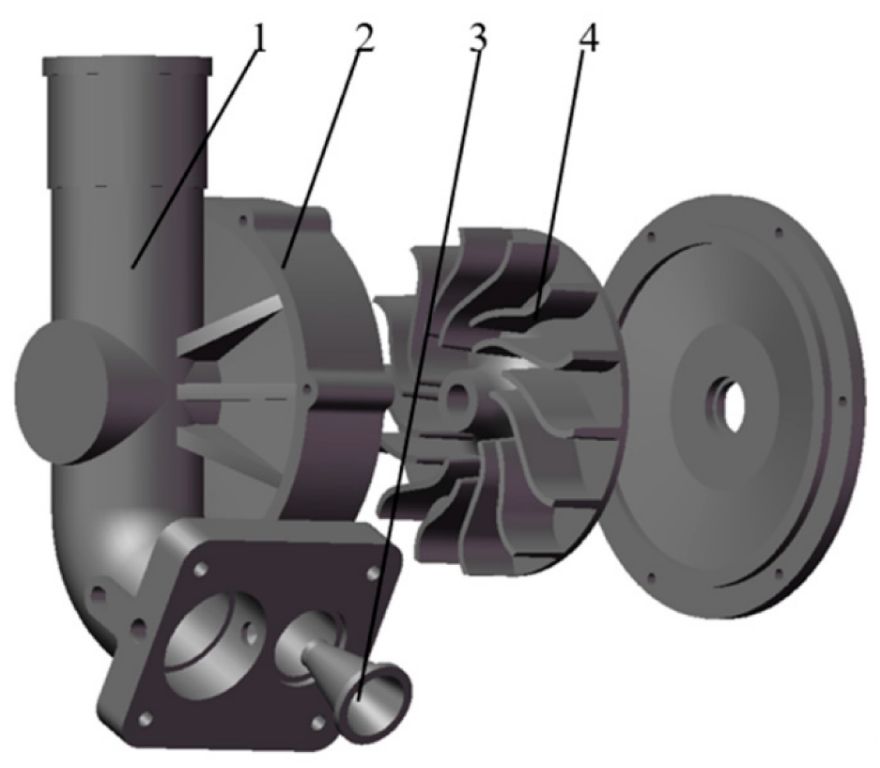
Impulse turbines, such as Pelton wheels, have buckets attached to the outer rim of the turbine wheel. A high-velocity water jet aimed at the buckets causes the wheel to spin as the kinetic energy is transferred. Pelton wheel turbines are used for sites with a large head of water and low flow.
Reaction turbines, such as Francis and Kaplan turbines, are fully submerged in the water flow. The moving water changes direction and transfers its kinetic energy by exerting pressure and drag on the turbine blades, causing the shaft to rotate. Reaction turbines work for sites with lower heads and higher flows.
In both impulse and reaction hydropower turbines, the rotation of the shaft spins magnets within a generator to produce electricity. So in summary, the kinetic energy of flowing water is converted into rotational kinetic energy to spin turbines, which in turn drive generators to produce electricity.
Turbines Generate Electricity
The flowing water captured by the dam spins large turbines as it is channeled through the hydropower plant. The most common types of turbines used are Kaplan, Francis, and Pelton turbines (Types of Hydropower Turbines, n.d.). As the water hits the turbine blades, it causes them to rotate. This rotational motion spins a shaft connected to a generator which converts the mechanical energy into electrical energy through electromagnetism. The generator contains coils of wire surrounded by magnets. As the shaft spins the coils of wire inside the generator, it causes electrons in the wire to move, generating an electric current. This electricity generated by the turbine rotation is known as hydroelectric power and can be distributed through power lines for residential, commercial and industrial use (Hydropower explained, 2023).
Conclusion
In summary, hydropower is considered an indirect form of solar energy because the hydrologic cycle that enables hydropower is ultimately driven by the sun. The sun’s heat evaporates water on the earth’s surface, forming water vapor that rises and condenses into clouds. This water vapor eventually condenses and falls back to earth as precipitation. Some of this precipitation flows through rivers and streams that can be dammed to create reservoirs. The water in these reservoirs has gravitational potential energy that can then be converted into kinetic energy as it flows through turbines in a dam, turning them to generate electricity. Though there are several steps in between, the sun initiates this entire hydrologic cycle through evaporation. Without the sun’s energy, there would be no movement of water and thus no hydropower. Therefore, hydropower relies indirectly on solar energy to produce renewable electricity.

